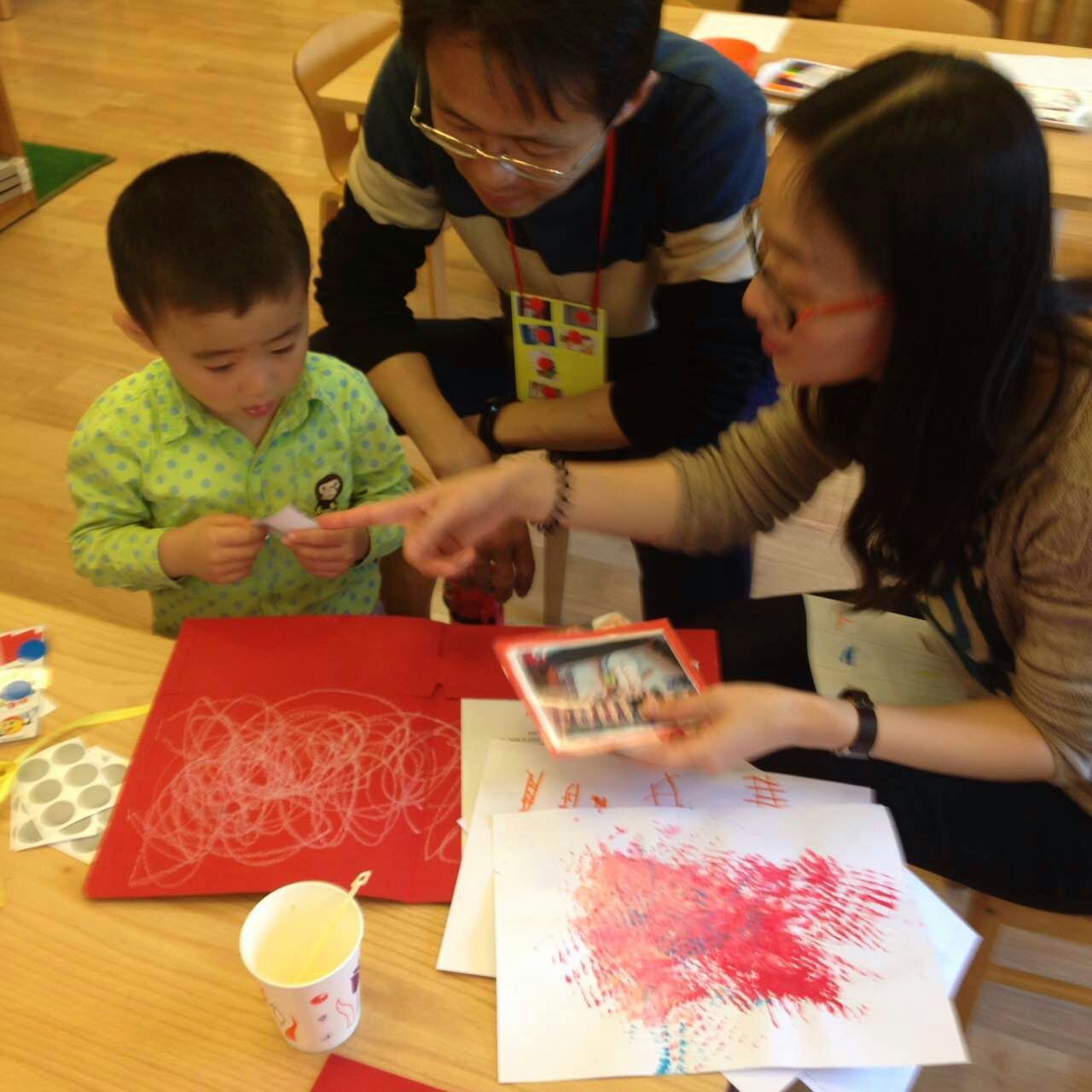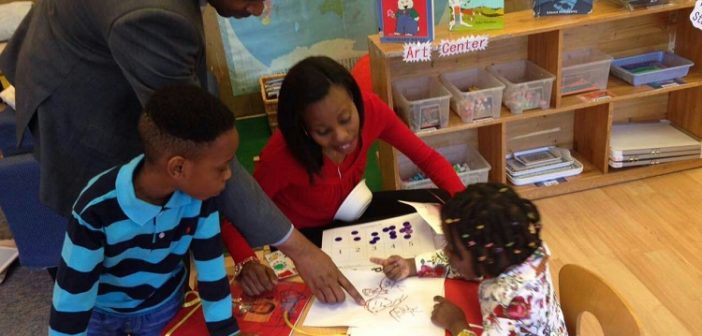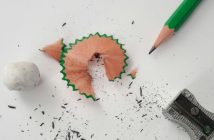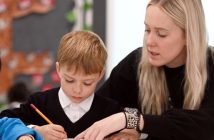How many parent-teacher conferences have you participated in during your child’s academic life? Most conferences, from preschool to elementary, involve sitting in tiny uncomfortable chairs. The teacher typically sits across from you with a loving smile while sharing the positives and negatives of the child’s academic, social, and emotional progress. The “hamburger” approach of making positive- negative- positive comments is used in order to ensure that the meeting begins with encouraging highlights about the child’s performance and ends with suggestions for improvements.
This conference format is somewhat antiquated and becoming a thing of the past. In the 21st century learning environment, students are asked to demonstrate their knowledge and skills daily in the classroom. In a brief, thirty minute meeting, it is difficult for teachers to share with parents how effectively students collaborate, use critical thinking skills, and brainstorm to develop ideas.
One way to make the conference more effective is to involve students in the process. Student Led Conferences are exactly what their title suggests. Students share and demonstrate what they have learned, and are currently learning, in class with their parents. It is an opportunity for the students to present evidence of their growth and reflect upon their learning goals. The parents become participants, and not observers, in the process.
The How
Scheduling a day outside of the regular classroom time for parents to attend school while students demonstrate their knowledge appears to be a viable solution for teachers, parents, and students. Students at both primary and secondary level can participate in the process. The recommendation is to meet once a term, or at the end of the year, as a comprehensive demonstration for students.
The process of preparing for Student Led Conferences is a year-long process. It involves a preparatory period, implementation of the conference, and a debriefing period. For the preschool classes that I teach, it first involves developing the students’ comfort levels and building their social skills in the classroom through daily group time with finger play activities, readings, songs, and dance while focusing on vocabulary development.
The next phase is social skills development. We integrate activities into the daily classroom routine after providing non-English speaking students with a script which includes positive words to say to their peers. Then, when students have developed a level of comfort, vocabulary, and communication abilities, we connect the activity to academics (such as counting, color recognition, identifying their classmates’ names, writing their own name and directionality when reading). There are many other curriculum components integrated with the communication and social/emotion skills learning process which are not demonstrated in a typical Student Led Conference.
Students literally “lead”
The students have ownership of the preparations. They assist in deciding what skills they want to show to parents by choosing their favorite activities (such as shape and color identification, counting bees in the beehive, or parking the cars by matching numbers of the car to the dots in the parking lot). They choose their best writing, drawings, and artwork to share with their parents. They also decide on the snacks they want serve and the books they want to display in the classroom for the day. This may appear to be a lot for three to four year olds to manage. However, they do this quite well with guidance and support from their teachers and parents.

On the Day
On the actual day of the Student Led Conference, the classroom appears to be brand new. There is a welcome sign that the students have assisted in decorating. The desks and floor seating areas are arranged for both mom and dad to participate in the activities. The students guide the parents through the process by picking up a SLC Student Sheet with pictures of the chosen activities. Stickers are placed at each activity station. When the students complete an activity, they prove their completion by placing the sticker on their chart.
The air is filled with delightful conversation between students and parents. One can hear counting as parents interact with their children to identify colors and match them with particular shapes. When the students share that they know all of their classmates by pictures and names, parents are highly impressed and excited. Then, when children guide the parents through a reading of the story of Jack and Jill, they inspire awe.
Teachers’ Roles
So what are the teachers doing during the conferences? I knew you would ask! They are observing the students, giving thumbs up, laughing as they rejoice seeing the students share what they have learned during the school year. Teachers are celebrating the students’ successes!
Photos: courtesy of Sonya Porchèr




